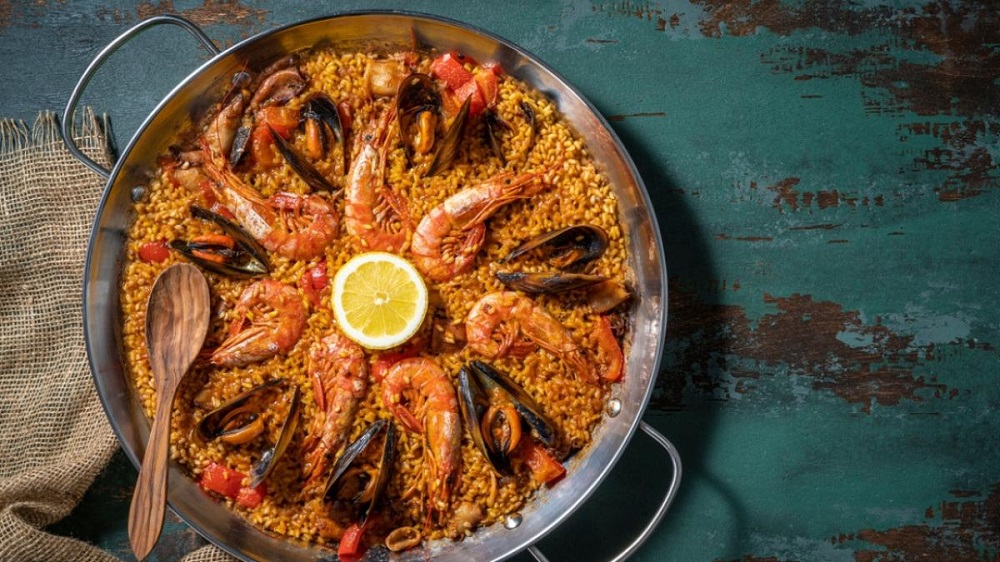Spain’s culinary landscape is a delightful fusion of flavors, traditions, and creativity. Among the myriad dishes that grace the Spanish table, rice-based dishes hold a special place, reflecting the nation’s rich cultural heritage and regional diversity. From the world-renowned paella to the mysterious arroz negro and lesser-known local specialties, rice is a versatile ingredient that tells a story of Spanish gastronomy. In this comprehensive guide, we’ll explore the different rice dishes from Spain, delving into their history, preparation, unique flavors, and cultural significance.
Table of Contents
- Paella – Valencia’s Signature Dish and Spain’s Culinary Treasure
- Arroz Negro – Catalonia’s Mysterious Delight and a Seafood Lover’s Dream
- Exploring Regional Rice Specialties: Spain’s Hidden Culinary Gems
- Sustainability and Rice Farming: Spain’s Commitment to the Environment
- Sweet Indulgence: Rice-Based Desserts in Spain’s Patisseries
- A Traveler’s Guide to Rice Dishes in Spain: Paella, Arroz Negro, and More
- Rice in Spanish Markets: A Shopper’s Guide to Varieties, Brands, and Culinary Uses
- Rice and Health: Nutritional Benefits, Dietary Considerations, and Wellness Practices
- Rice in Spanish History: A Journey Through Time, Trade, and Tradition
- Rice in Spanish Culture: Festivals and Community Connection


Carmen Neruda
Carmen Neruda is a culinary explorer and writer with a passion for Spanish cuisine and culture. Born and raised in Valencia, Spain, she has a deep connection to the flavors and traditions of her homeland. With a background in gastronomy and travel journalism, Carmen’s writings offer a rich tapestry of culinary insights, regional explorations, and personal anecdotes. Her love for paella, Arroz Negro, and other rice-based dishes shines through in her engaging narratives, inviting readers to taste the authentic flavors of Spain. Whether you’re a food enthusiast or a curious traveler, Carmen’s blogs are a delightful journey through the culinary landscapes of Spain.
Paella – Valencia’s Signature Dish and Spain’s Culinary Treasure
The Rich Origins of Paella: A Story of Tradition and Innovation
Paella’s origins are deeply rooted in Valencia’s agricultural history. This iconic dish began as a humble meal for farmers and laborers, cooked over an open flame in the fields. The traditional ingredients included rabbit, snails, green beans, and tomatoes, all readily available in the Valencian countryside.
Over time, paella evolved, embracing new ingredients and variations. Seafood paella emerged along the coast, while inland regions experimented with different meats and vegetables. Today, paella is a symbol of Spanish gastronomy, celebrated worldwide.
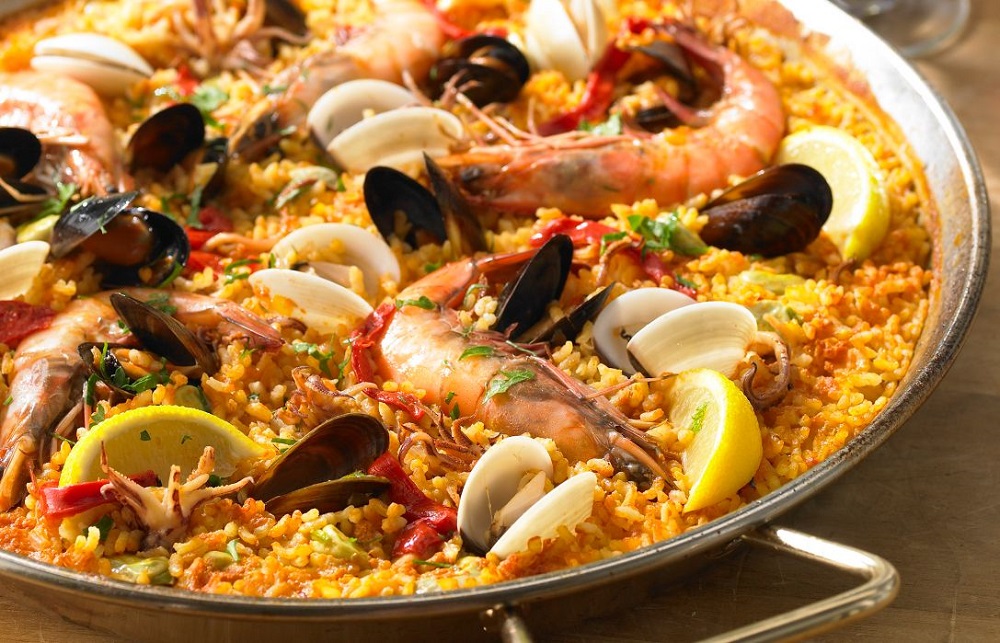

The innovation in paella is not just about ingredients but also techniques. Chefs and home cooks alike have explored new ways to create the perfect “socarrat” – the crispy crust at the bottom of the pan. From wood-fired ovens to modern kitchen stoves, the art of paella continues to evolve, reflecting a balance between tradition and creativity.
Paella Varieties: A Symphony of Flavors from Seafood to Vegetarian
Paella’s versatility is a testament to Spain’s diverse culinary landscape. Here’s a deeper look at some popular paella varieties:
- Seafood Paella: A coastal favorite, seafood paella is a feast for the eyes and palate. Fresh shrimp, mussels, clams, and squid are cooked with saffron-infused rice, creating a dish that’s as beautiful as it is delicious. The flavors of the sea are captured in every bite, making it a must-try for seafood lovers.
- Mixed Paella: A fusion of land and sea, mixed paella combines meats like chicken and rabbit with seafood such as shrimp and mussels. The blend of flavors is harmonious, reflecting Spain’s culinary diversity. It’s a dish that brings people together, often prepared for family gatherings and festive occasions.
- Vegetarian Paella: Embracing the plant-based movement, vegetarian paella offers a wholesome alternative without compromising flavor. Seasonal vegetables like artichokes, bell peppers, and peas are cooked with aromatic spices, resulting in a nourishing and satisfying dish. It’s a celebration of nature’s bounty, appealing to vegetarians and meat-lovers alike.
- Arroz Negro (Black Paella): A striking variation, Arroz Negro is made with squid ink, giving the rice a deep black color. Often prepared with cuttlefish and served with alioli, this paella is a culinary adventure, offering bold flavors and a unique visual appeal.
Each paella variety tells a story of regional influences, culinary traditions, and creative exploration. Whether enjoyed in a bustling city restaurant or a seaside chiringuito, paella is a dish that resonates with Spain’s culinary soul.
Mastering the Art of Paella: A Step-by-Step Culinary Guide
Cooking paella is a joyful experience, filled with anticipation, creativity, and satisfaction. Here’s an extended guide to mastering this Spanish classic:
- Choose the Right Rice: Selecting the right rice is crucial. Short-grain varieties like Bomba or Calasparra are preferred for their ability to absorb flavors without becoming mushy. The rice is the canvas on which the other ingredients paint their flavors.
- Prepare the Sofrito: The sofrito is the flavor foundation of paella. Sauté garlic, onions, and tomatoes until soft and fragrant. This base adds depth and richness to the dish.
- Add the Proteins: Whether it’s seafood, meat, or vegetables, searing them adds texture and flavor. Cook them until golden brown, allowing their natural flavors to shine.
- Cook the Rice: Add the rice, saffron, paprika, and broth, cooking slowly to allow the flavors to meld. The rice should absorb the liquid, becoming tender yet firm.
- Create the Socarrat: The socarrat is paella’s signature crust. Allow the rice to form a crust at the bottom, adding a delightful texture. It’s a skill that requires patience and intuition, knowing when to let the rice sizzle and when to take it off the heat.
- Garnish and Serve: Garnish with fresh herbs, lemon wedges, or additional seafood. Serve directly from the pan, allowing guests to scoop their portions, including the prized socarrat.
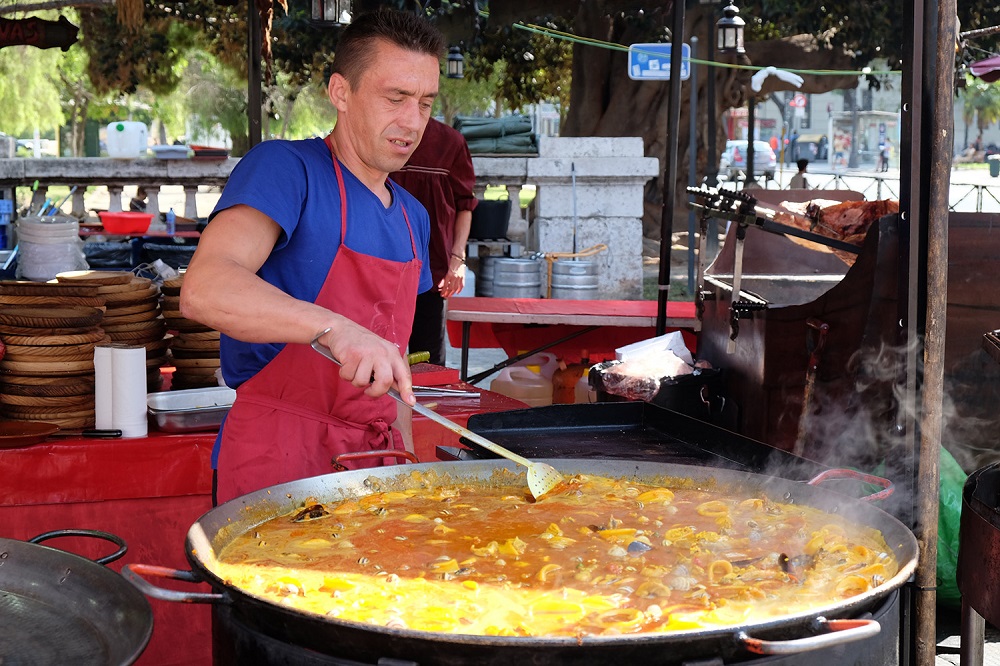

Arroz Negro – Catalonia’s Mysterious Delight and a Seafood Lover’s Dream
Unveiling Arroz Negro: Catalonia’s Black Rice Sensation
Arroz Negro, or black rice, is a culinary masterpiece that captures the essence of Catalonia’s coastal heritage. This dish’s striking appearance, with its deep black hue, is achieved through the use of squid ink. But beyond its visual appeal, Arroz Negro offers a rich, briny flavor that’s both unique and tantalizing.
The origins of Arroz Negro can be traced to Catalonia’s fishing communities, where squid and cuttlefish were abundant. The ink, once considered a waste product, was creatively used to flavor and color the rice. Today, Arroz Negro is a sought-after delicacy, often found in seaside restaurants and festive gatherings.
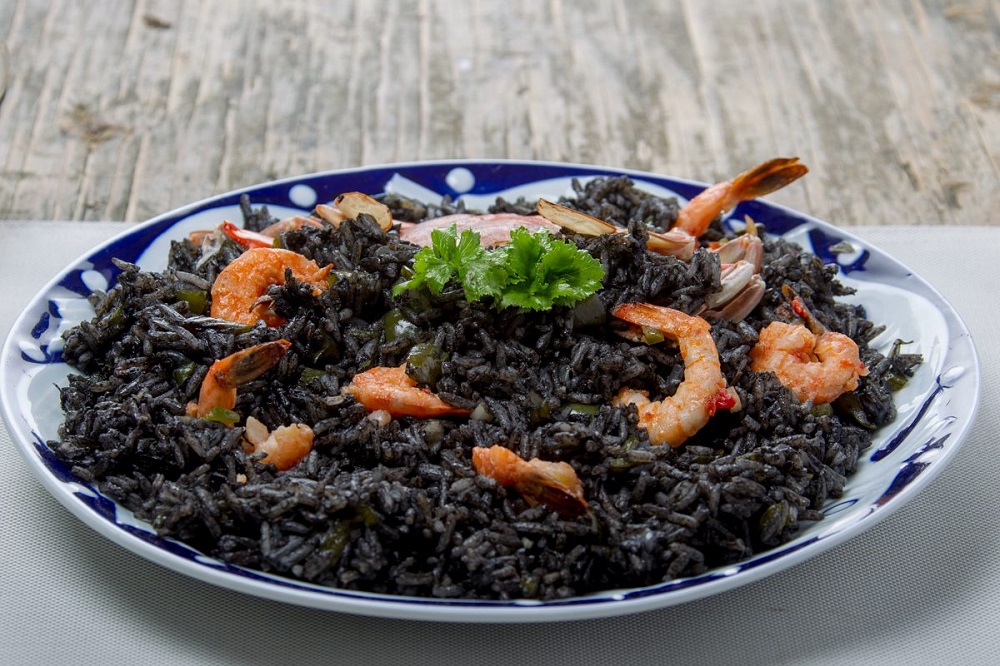

The preparation of Arroz Negro is a delicate process, requiring skill and attention to detail. The squid or cuttlefish must be cleaned and prepared, and the ink carefully extracted. The ink is then combined with other ingredients, creating a dish that’s as flavorful as it is visually stunning.
Crafting Arroz Negro: Ingredients, Techniques, and Flavors
Arroz Negro is more than a dish; it’s a culinary experience that engages all the senses. Here’s an extended guide to crafting this Catalan delight:
- Sauté the Seafood: Begin by sautéing the cuttlefish or squid in olive oil until tender. This step enhances the seafood’s natural flavors, creating a rich base for the dish.
- Create the Base: Add garlic, onions, and bell peppers, cooking until soft and fragrant. These aromatic vegetables add depth and complexity to the Arroz Negro.
- Add the Squid Ink: Incorporate the squid ink carefully, allowing it to coat the ingredients evenly. The ink not only imparts the distinctive black color but also adds a unique, briny flavor that defines the dish.
- Cook the Rice: Add short-grain rice, such as Bomba, and cook with fish or seafood broth. The rice should absorb the ink and other flavors, becoming infused with the essence of the sea.
- Season and Simmer: Season with salt, pepper, and a touch of paprika. Allow the dish to simmer slowly, letting the flavors meld and the rice cook to perfection.
- Serve with Alioli: Arroz Negro is traditionally served with a dollop of alioli, a garlic mayonnaise that adds a creamy contrast. The combination of the rich, briny rice and the smooth, garlicky alioli is a taste sensation that’s unforgettable.
- Pair with Wine: Consider pairing Arroz Negro with a crisp white wine or a rosé from Catalonia. The wine’s acidity and freshness complement the dish’s richness, enhancing the dining experience.
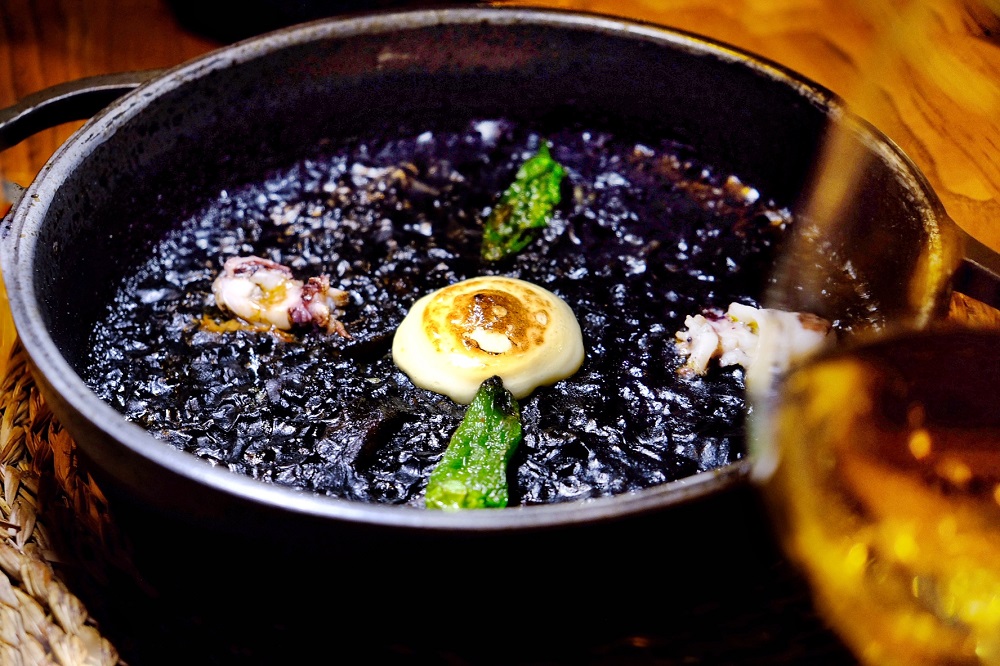

Exploring Regional Rice Specialties: Spain’s Hidden Culinary Gems
Arroz Caldoso: Murcia’s Soupy Rice Delight
Arroz Caldoso is a comforting dish that warms the soul. Often prepared with lobster or other seafood, this soupy rice dish is especially popular in the region of Murcia. Unlike the drier texture of paella, Arroz Caldoso is enjoyed with a spoon, savoring the rich, flavorful broth.
The preparation of Arroz Caldoso begins with a flavorful sofrito, followed by the addition of seafood, rice, and broth. Fresh herbs, saffron, and a touch of white wine add depth and complexity. The dish is often cooked in a clay pot, allowing the flavors to develop slowly and harmoniously.
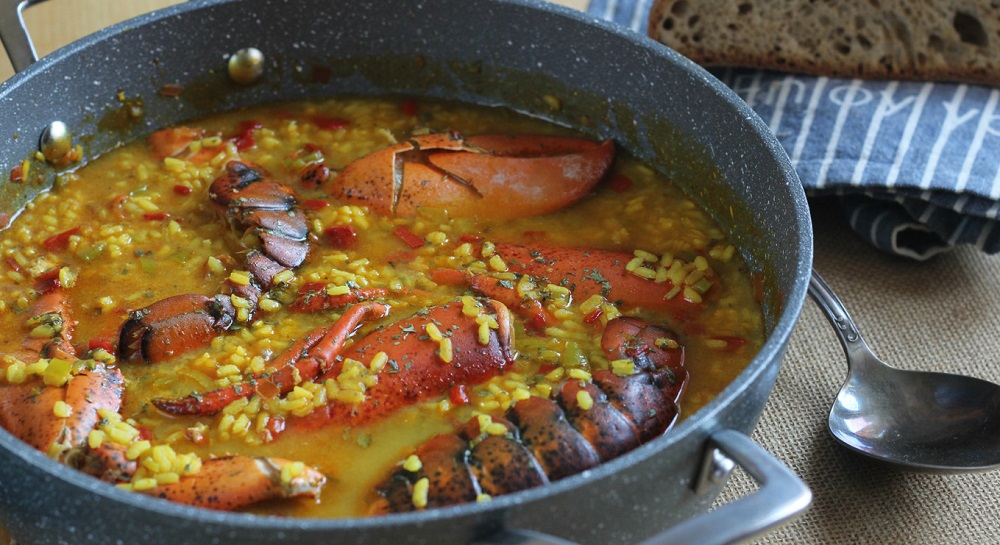

Arroz Caldoso is more than a meal; it’s a celebration of the sea and the land. Whether enjoyed on a chilly winter evening or as part of a festive gathering, this dish embodies the warmth and hospitality of Spanish cuisine.
Arroz a la Cubana: A Simple Yet Flavorful Spanish Classic
Arroz a la Cubana is a humble yet satisfying dish that resonates with the simplicity and joy of home cooking. Made with rice, fried eggs, and fried bananas or plantains, this dish offers a delightful contrast of flavors and textures.
Though the name suggests Cuban origins, Arroz a la Cubana is a common home-cooked meal in Spain. The combination of savory rice, creamy eggs, and sweet bananas creates a comforting and nourishing dish. It’s often served as a quick lunch or a family-friendly dinner, appealing to both children and adults.
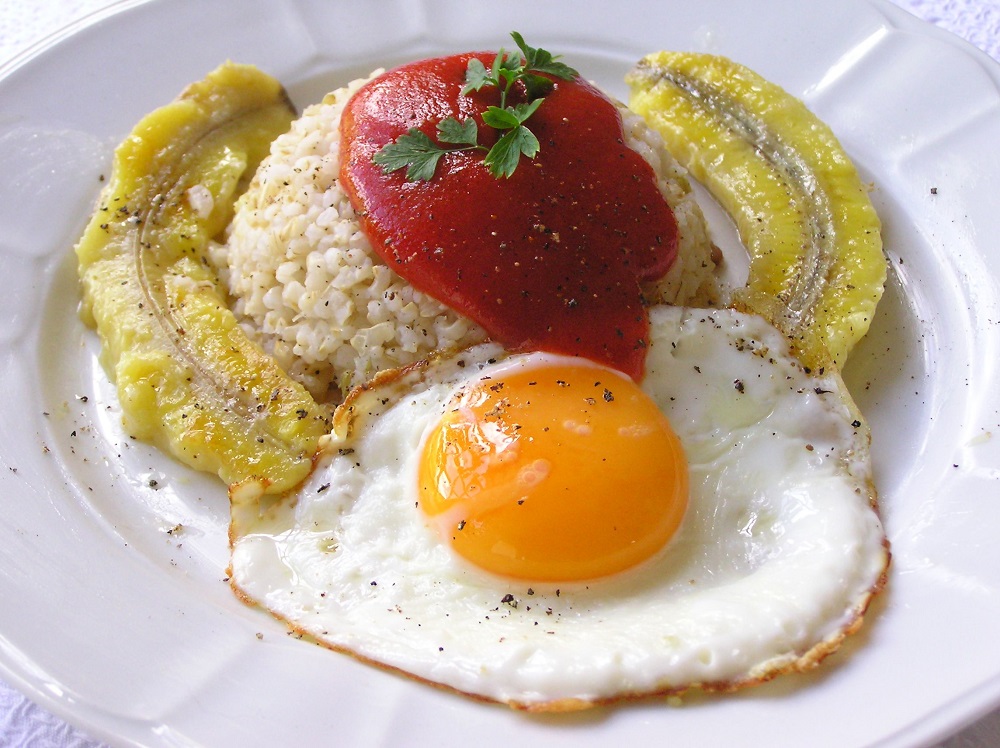

The preparation of Arroz a la Cubana is straightforward, yet the result is deeply satisfying. The rice is cooked to perfection, the eggs are fried just right, and the bananas or plantains add a touch of sweetness. It’s a dish that invites you to slow down and savor the simple pleasures of life.
Arroz con Costra: Alicante’s Baked Rice with a Golden Crust
Arroz con Costra is a culinary gem from Alicante, featuring rice baked with a layer of beaten eggs, creating a delicious crust or “costra.” Often prepared with sausage, chicken, and chickpeas, this dish is both rustic and elegant.
The preparation of Arroz con Costra begins with cooking the rice with meat and spices, creating a flavorful base. The beaten eggs are then poured over the top, and the dish is baked until the eggs puff up and turn golden brown. The result is a multi-textured dish that’s both hearty and refined.
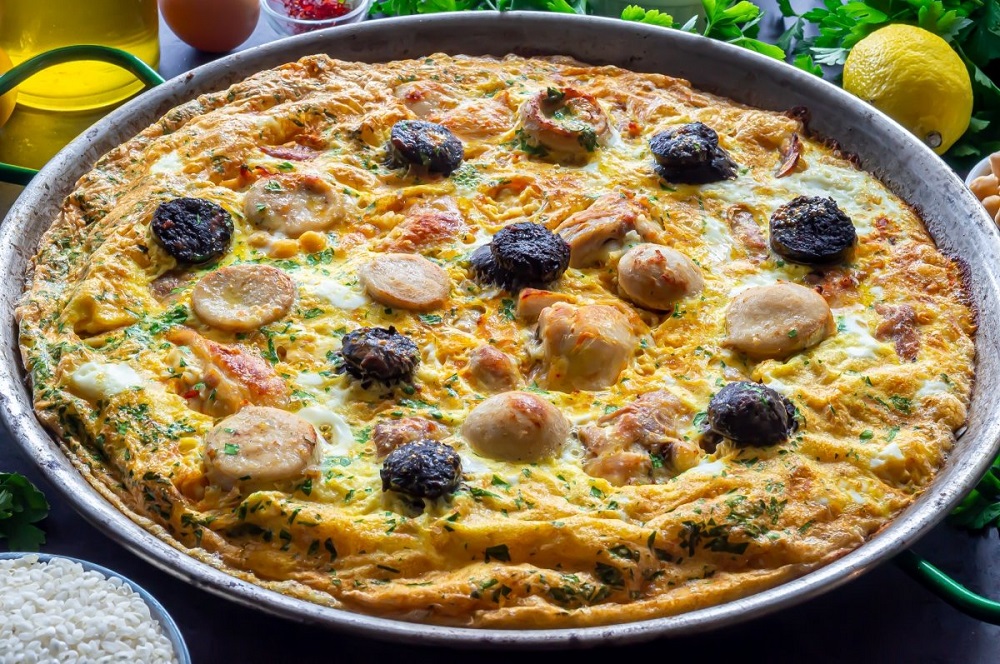

Arroz con Costra is often enjoyed during festive occasions, served as a centerpiece that invites sharing and togetherness. Whether enjoyed in a traditional tavern or a modern restaurant, this dish is a proud representation of Alicante’s culinary heritage.
Sustainability and Rice Farming: Spain’s Commitment to the Environment
You can learn more about it in this blog: Climate Change and its Impact on Andalusian Agriculture and Spain
Sustainable Practices in Rice Farming: A Spanish Perspective
Rice farming in Spain is not just about producing a staple food; it’s about preserving the environment, supporting local communities, and promoting sustainable practices. Here’s an extended look at these efforts:
- Water Conservation: Many Spanish rice farmers are adopting water-saving techniques, recognizing the importance of water as a precious resource. From efficient irrigation systems to rainwater harvesting, these methods contribute to environmental health.
- Organic Farming: Organic rice farming is gaining traction in Spain, with farmers avoiding synthetic pesticides and fertilizers. This approach supports soil health, reduces pollution, and aligns with consumers’ growing demand for organic products.
- Biodiversity Protection: Spain’s rice fields are thriving ecosystems, providing habitats for various bird species. Farmers are working with conservationists to protect these habitats, fostering a harmonious relationship between agriculture and nature.
- Local Community Support: Sustainable rice farming also means supporting local communities, providing fair wages, and promoting social well-being. It’s a holistic approach that recognizes the interconnectedness of people, land, and food.
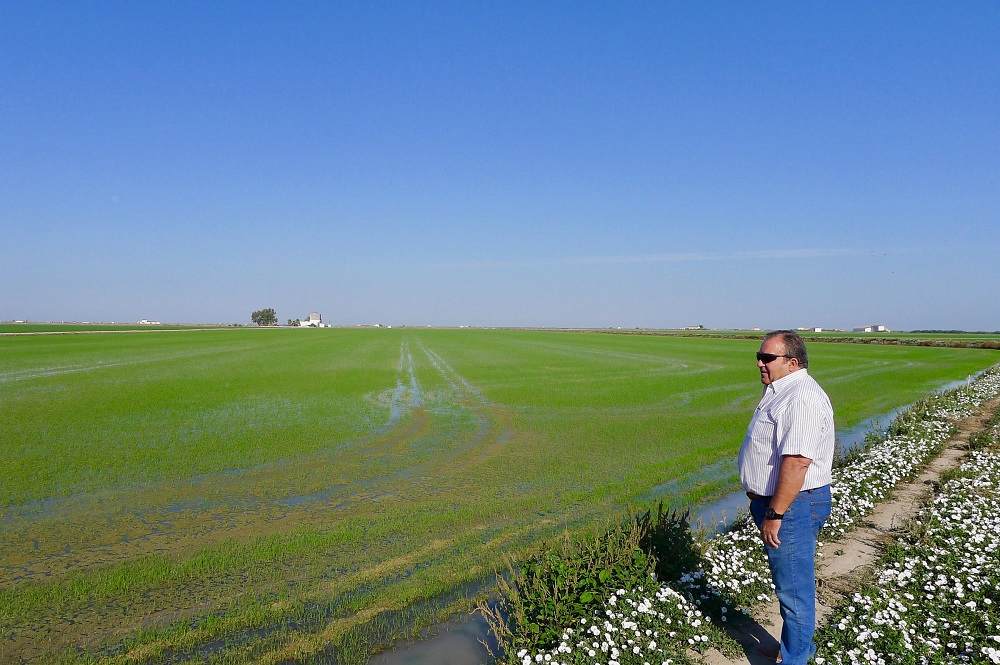

Spain’s Rice Fields as Thriving Ecosystems: A Conservation Focus
Spain’s rice fields are more than agricultural landscapes; they are thriving ecosystems providing habitats for various bird species, including endangered waterfowl. Here’s a closer look at these unique ecosystems:
- Ebro Delta: The Ebro Delta is a vital habitat for migratory birds, with rice fields playing a crucial role in providing food and shelter. Conservation efforts in this region are vital in protecting these unique ecosystems and maintaining ecological balance.
- Albufera Natural Park: Home to extensive rice fields, Albufera is a haven for birdwatchers and nature enthusiasts. Collaborations between farmers, conservationists, and local authorities are fostering a harmonious relationship between agriculture and nature.
- Educational Initiatives: Many regions are offering educational tours and programs to raise awareness about the ecological importance of rice fields. Visitors can explore the fields, learn about sustainable farming practices, and understand the delicate balance between agriculture and the environment.


These efforts ensure that rice farming enriches the environment rather than depleting it, setting an example for responsible agriculture worldwide.
Sweet Indulgence: Rice-Based Desserts in Spain’s Patisseries
Arroz con Leche: Spain’s Beloved Rice Pudding
Arroz con Leche, or rice pudding, is a comforting dessert enjoyed across Spain. Here’s an extended look at this nostalgic treat:
- Traditional Preparation: Cooked with milk, sugar, cinnamon, and lemon zest, this creamy pudding is often associated with childhood memories and family gatherings. The ingredients are simple, but the result is a rich, flavorful dessert that warms the heart.
- Regional Variations: Different regions in Spain have their unique twists on Arroz con Leche. Some add a touch of anise or orange blossom, while others garnish with caramelized sugar. These variations reflect the diversity of Spanish culinary traditions.
- Serving Suggestions: Whether served warm or chilled, Arroz con Leche can be enjoyed in various ways. Some prefer it plain, while others add a sprinkle of cinnamon or a dollop of jam. It’s a versatile dessert that invites personalization.
- Cultural Significance: Arroz con Leche is more than a dessert; it’s a symbol of hospitality and warmth. Often served to guests or during festive occasions, it embodies the Spanish love for simple pleasures and shared moments.
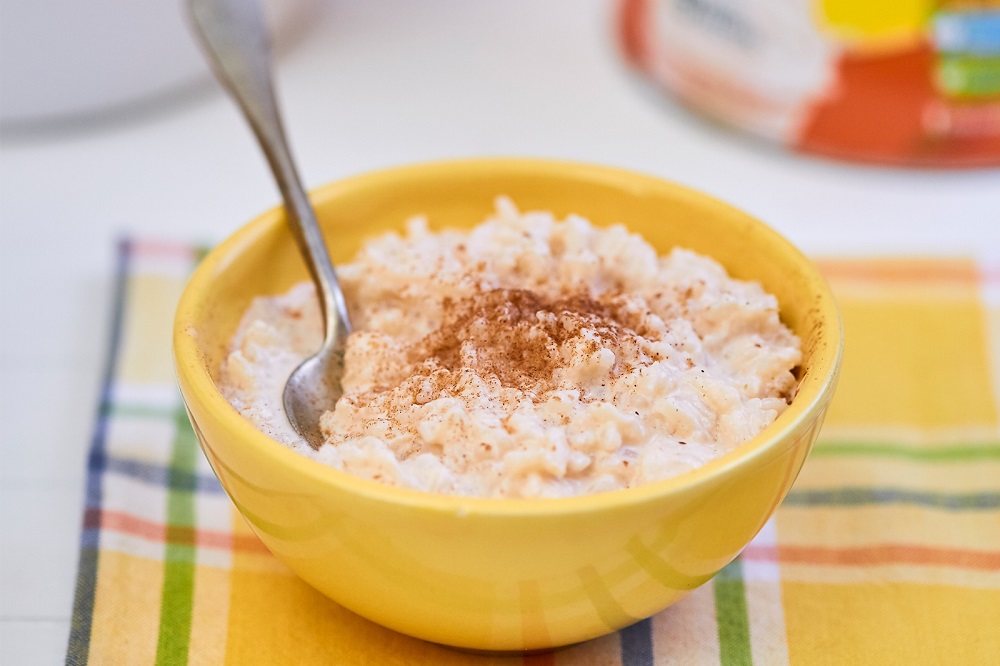

Sweet Rice Creations: Exploring Spanish Dessert Delicacies
From rice cakes to rice pastries, Spanish patisseries offer a variety of sweet rice creations. Here’s a deeper exploration:
- Rice Tarts: Delicate rice tarts are a delightful treat, often filled with sweet rice cream and topped with fruits or nuts. These tarts showcase the adaptability of rice, transforming it into delectable pastries.
- Rice-Flavored Ice Cream: Innovative chefs are creating rice-flavored ice creams, capturing the essence of Arroz con Leche in a frozen treat. It’s a refreshing take on a classic dessert, perfect for hot Spanish summers.
- Rice Flour Creations: Rice flour is used to create gluten-free desserts, catering to those with dietary restrictions. From muffins to cookies, these rice flour creations offer a wholesome alternative without compromising taste.
- Fusion Desserts: Some patisseries are experimenting with fusion desserts, combining rice with international flavors. Whether it’s a matcha rice cake or a tropical rice pudding, these creations reflect Spain’s culinary curiosity and global influences.


A Traveler’s Guide to Rice Dishes in Spain: Paella, Arroz Negro, and More
Savoring Regional Specialties: From Valencia’s Paella to Catalonia’s Arroz Negro
Each region in Spain offers unique rice dishes, reflecting local ingredients and culinary techniques. Here’s an extended guide to exploring regional specialties:
- Valencia’s Paella: Valencia is the birthplace of paella, offering various traditional versions, including seafood, mixed, and vegetarian. Dining on paella by the beach is a quintessential Valencian experience.
- Catalonia’s Arroz Negro: In Catalonia, Arroz Negro is a must-try, with its intriguing black color and rich seafood flavors. It’s a dish that captures the coastal essence of the region.
- Murcia’s Arroz Caldoso: Murcia’s soupy rice, Arroz Caldoso, is a comforting delight, often prepared with lobster or other seafood. It’s a dish that invites you to savor the flavors slowly, enjoying every spoonful.
- Andalusia’s Arroz con Pollo: In Andalusia, chicken and rice dishes are popular, often flavored with saffron, peppers, and olives. It’s a rustic, homey dish that reflects the warmth of Andalusian hospitality.
- Basque Country’s Arroz a la Marinera: In the Basque Country, seafood rice dishes like Arroz a la Marinera are celebrated, showcasing the region’s fishing heritage and culinary craftsmanship.
These regional specialties offer a culinary adventure, allowing you to taste the authentic flavors of Spain, one dish at a time.
Authentic Dining Experiences: Restaurant Recommendations Across Spain
You can find more restaurants in these blogs: Blogs about restaurants
Whether it’s a beachside chiringuito serving fresh seafood paella or a rustic tavern offering arroz caldoso, Spain’s restaurants provide diverse dining experiences. Here’s a comprehensive guide:
- Valencia: Seek out traditional paella restaurants like “La Pepica” or explore modern interpretations at “Ricard Camarena“.
- Barcelona: Enjoy Arroz Negro at seaside restaurants like “Can Majó” or indulge in creative rice dishes at “Disfrutar“.
- Madrid: Explore the capital’s culinary scene with restaurants like “Casa Mono“, known for its innovative rice creations.
- Seville: Savor Andalusian flavors at “El Rinconcillo“, where rice dishes are prepared with local ingredients and love.
- San Sebastian: Experience Basque culinary excellence at “Arzak“, where traditional rice dishes meet avant-garde techniques.
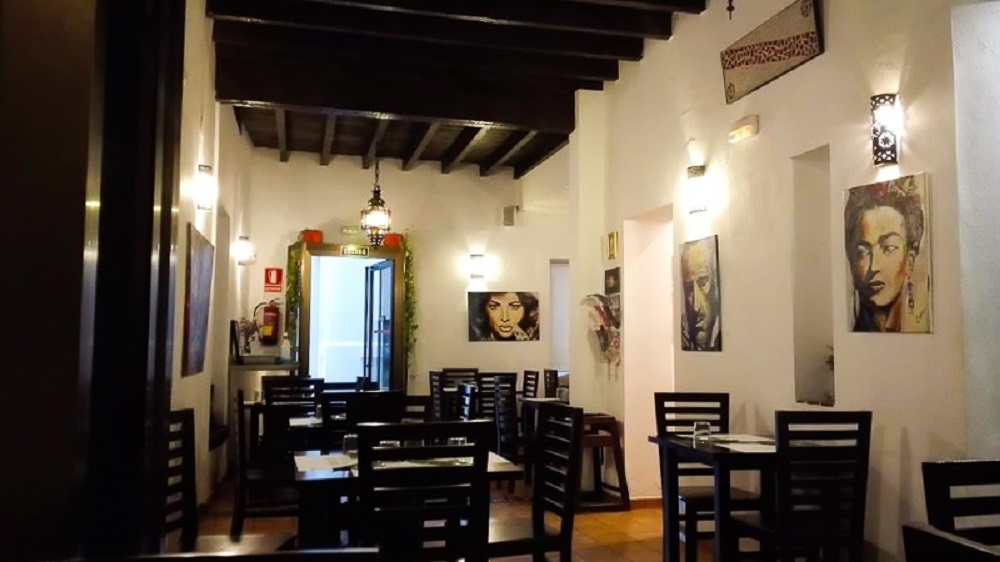

These restaurant recommendations offer a curated selection of dining experiences, allowing you to explore Spain’s rice cuisine in authentic settings.
Rice in Spanish Markets: A Shopper’s Guide to Varieties, Brands, and Culinary Uses
Exploring Spanish Rice Varieties: From Bomba to Calasparra
Spain’s rich agricultural heritage has given rise to various rice varieties, each with unique characteristics and culinary applications. Here’s an extended guide to some of these varieties:
- Bomba Rice: Highly prized for paella, Bomba rice absorbs three times its volume in liquid without becoming mushy. Its ability to maintain texture makes it a favorite among chefs and home cooks alike.
- Calasparra Rice: Grown in the Murcia region, Calasparra rice is known for its firm texture and nutty flavor. It’s often used in soupy rice dishes like Arroz Caldoso.
- Arroz Redondo: This round-grain rice is versatile and commonly used in everyday cooking. It’s suitable for rice puddings, stews, and simple rice dishes.
- Arroz Integral: Spanish brown rice, or Arroz Integral, is valued for its nutritional content and earthy flavor. It’s a wholesome choice for health-conscious consumers.
- Wild Rice Blends: Some Spanish brands offer wild rice blends, combining different rice types with wild rice for texture and flavor diversity. These blends are great for salads and side dishes.
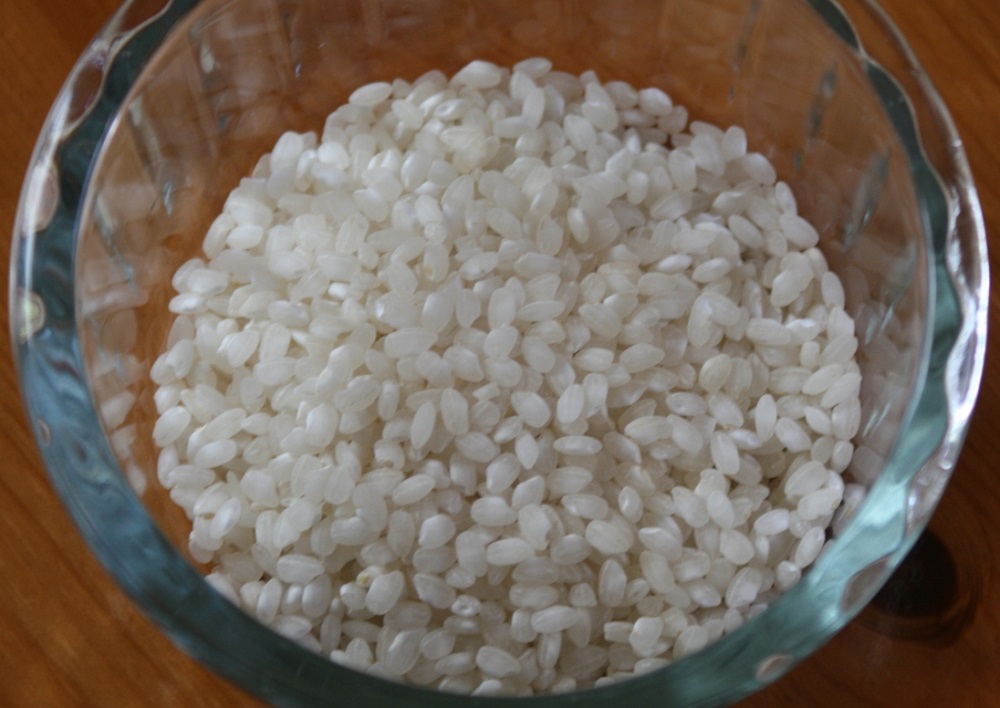

Understanding these rice varieties helps you choose the right rice for your culinary creations, enhancing flavors and textures.
Shopping for Rice: Brands, Packaging, and Sustainability
When shopping for rice in Spain, you’ll encounter various brands, packaging options, and sustainability labels. Here’s a comprehensive guide to making informed choices:
- Brands: Look for reputable Spanish brands like “SOS” or “La Fallera” that offer high-quality rice. Local producers often provide unique varieties that reflect regional flavors.
- Packaging: Consider packaging options that align with your values. Some brands offer eco-friendly packaging, reducing plastic waste and supporting environmental sustainability.
- Sustainability Labels: Look for labels that indicate organic farming, fair trade, or other sustainable practices. These labels help you support responsible agriculture and community well-being.
- Specialty Stores: Explore specialty stores and farmers’ markets for unique rice varieties, heirloom grains, and artisanal products. Engaging with local producers enriches your culinary experience and supports local economies.


Rice and Health: Nutritional Benefits, Dietary Considerations, and Wellness Practices
Nutritional Benefits of Rice: A Staple for Balanced Diets
Rice is more than a culinary staple; it’s a nutritious food that offers various health benefits. Here’s an extended look at these benefits:
- Energy Source: Rice is a rich source of carbohydrates, providing energy for daily activities. It’s a fuel for both the body and mind.
- Gluten-Free: Naturally gluten-free, rice is a safe option for those with gluten sensitivities or celiac disease. It’s a versatile grain that can be enjoyed in various forms.
- Rich in Vitamins and Minerals: Rice contains essential vitamins like B1, B3, and B6, along with minerals like magnesium and phosphorus. These nutrients support overall health and well-being.
- Dietary Fiber: Brown rice and wild rice blends offer dietary fiber, aiding digestion and promoting heart health.
- Low in Fat: Rice is low in fat and can be part of a healthy weight management plan. It’s a satisfying food that can be enjoyed in moderation.
Understanding the nutritional benefits of rice helps you incorporate it into a balanced diet, supporting wellness and vitality.
Rice in Special Diets: Vegan, Gluten-Free, and Health-Conscious Choices
You can check these blogs for vegan food too: Blogs about vegan food
Rice’s versatility makes it suitable for various special diets, catering to diverse nutritional needs and preferences. Here’s a deeper exploration:
- Vegan Diets: Rice is a staple in vegan diets, providing a base for plant-based meals. From vegan paella to rice salads, it’s a canvas for creativity and nourishment.
- Gluten-Free Diets: As a gluten-free grain, rice offers safe and delicious options for those with gluten sensitivities. Rice flour is also used to create gluten-free baked goods.
- Low-Glycemic Options: Brown rice and wild rice have a lower glycemic index, making them suitable for those managing blood sugar levels.
- Health-Conscious Choices: By choosing whole-grain rice varieties and pairing them with vegetables, lean proteins, and healthy fats, you can create balanced meals that align with wellness goals.
Rice’s adaptability makes it a valuable ingredient in special diets, offering taste, nutrition, and satisfaction.
Rice in Spanish History: A Journey Through Time, Trade, and Tradition
The Arrival of Rice in Spain: Moorish Influence and Culinary Evolution
If you want to learn more about the Moorish influence, check this blog: Moorish Architecture in Andalusian Cities: A Deep Dive
Rice’s journey to Spain is a fascinating tale of trade, conquest, and culinary innovation. Here’s an extended look at this historical journey:
- Moorish Influence: Rice was introduced to Spain by the Moors during their rule in the early Middle Ages. The Islamic civilization brought advanced agricultural techniques, allowing rice to thrive in regions like Valencia.
- Culinary Evolution: Over time, rice became integrated into Spanish cuisine, giving rise to iconic dishes like paella. The fusion of Moorish flavors with local ingredients created a culinary legacy that continues to inspire.
- Trade and Expansion: Spain’s position as a trading hub facilitated the spread of rice to other European countries. The grain’s adaptability and nutritional value made it a valuable commodity.
- Cultural Significance: Rice’s cultural significance grew, symbolizing prosperity, fertility, and community. It became a staple in festive meals, religious ceremonies, and daily life.
- Historical Landscapes: Spain’s rice fields, like the Albufera in Valencia, became historical landscapes, reflecting centuries of agricultural heritage and human ingenuity.
Rice and Spanish Society: Economic Impact, Agricultural Heritage, and Social Traditions
Rice’s impact on Spanish society extends beyond the dining table. It’s a crop that has shaped economic landscapes, agricultural traditions, and social customs. Here’s a deeper exploration:
- Economic Impact: Rice farming has been a vital economic activity in regions like Valencia, Murcia, and Andalusia. It supports local economies, providing jobs and sustaining communities.
- Agricultural Heritage: Spain’s rice fields are living museums, preserving ancient farming techniques and biodiversity. They are a testament to human resilience and creativity.
- Social Traditions: Rice dishes are often shared, fostering a sense of community and togetherness. Whether it’s a family paella feast or a communal rice pot during a festival, rice brings people together.
- Educational Initiatives: Some regions offer educational tours of rice fields, allowing visitors to learn about traditional farming practices, local ecology, and cultural history.
- Sustainability Efforts: Modern rice farming in Spain is embracing sustainability, balancing production needs with environmental stewardship. These efforts reflect a commitment to future generations.
Rice in Spanish Culture: Festivals and Community Connection
Celebrating Rice: Spanish Festivals and Culinary Traditions
Rice is not just a staple in Spain; it’s a symbol of celebration and community. Many Spanish festivals feature rice dishes like paella as the centerpiece. Here’s a closer look at some of these vibrant celebrations:
- Fiesta de la Siega: Celebrated in Valencia, this festival marks the rice harvest with traditional paella feasts, folk dances, and agricultural displays. It’s a living tribute to the land’s bounty and the culinary traditions that bind people together.
- Feria del Arroz: In Calasparra, the annual Rice Fair showcases the region’s famous rice varieties, with cooking demonstrations, tastings, and cultural events. It’s a gastronomic adventure that celebrates the importance of rice in Spanish cuisine.
- Día de la Paella: Every year, Sueca hosts a paella cooking competition, attracting chefs from around the world. The event is a celebration of creativity, skill, and passion for Spain’s iconic dish.
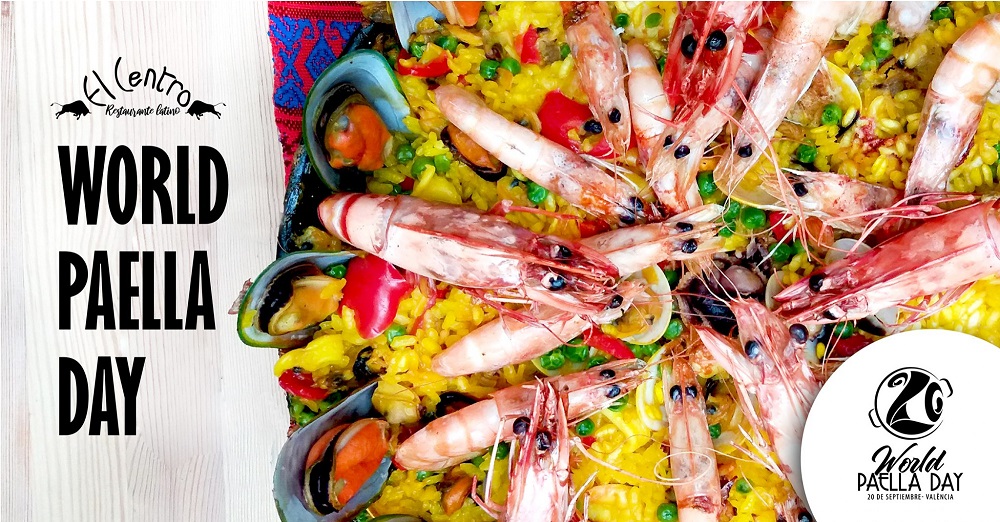

These festivals are more than just events; they are cultural expressions that honor the rich heritage of Spanish rice cuisine. They bring communities together, fostering a sense of pride and unity that transcends generations.
From the iconic paella to the intriguing Arroz Negro, Spanish rice cuisine is a symphony of flavors, textures, and aromas. It’s a culinary adventure that invites you to explore regional specialties, innovative creations, and timeless classics. Whether you’re a seasoned chef or a curious food lover, Spanish rice dishes offer endless inspiration and satisfaction.
Rice in Spain is more than a grain; it’s a cultural tapestry that weaves history, tradition, and innovation. It’s a story of human creativity, resilience, and passion. From Moorish influences to modern sustainability efforts, rice reflects the multifaceted identity of Spain. It’s a symbol of unity, diversity, and culinary excellence.
Whether you’re exploring Spain’s historical rice fields, savoring a bowl of Arroz con Leche, or experimenting with rice-based desserts, you’re participating in a rich cultural journey. Rice in Spain is a celebration of life, a connection to the land, and a tribute to the art of cooking.
